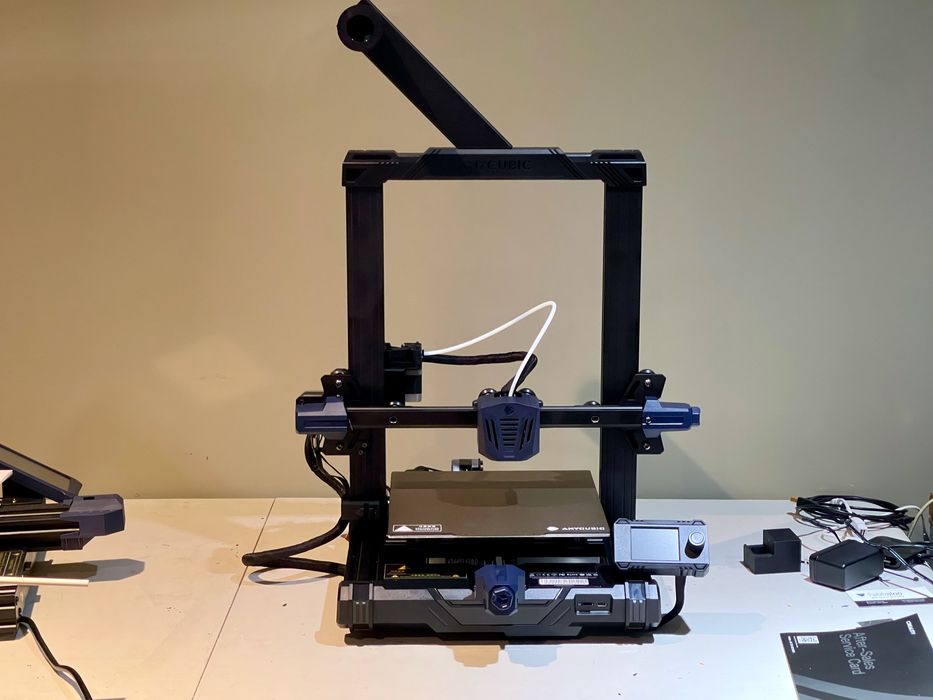
I’m now wondering if desktop 3D printers have become a disposable product.
I frequently read stories of people finding 3D printers at the local thrift store, or finding a used 3D printer for sale at an extremely low price. Usually, these folks end up asking for advice on how to get the machine working properly.
My advice in 2025 is that used 3D printers are no longer useful.
They used to be, however. In, say, 2020, a machine that was two years old was probably not terribly different in functionality than the current machines. With some tweaking, it was often possible to get them going and produce results pretty much the same as new machines.
That is no longer the case.
In the past two years, there has been a revolution in the world of desktop 3D printers. Machines have become vastly more reliable and able to produce incredibly good-quality results. I’m amazed at what can be produced with 0.2mm nozzles on FFF machines, which sometimes rivals the output of resin equipment.
Something else has been happening all this time: the cost of new equipment has been falling. It’s been gradual, and somewhat masked by the addition of new features: the sticker price might be the same, but the number of features has increased tremendously.
Manufacturers are finding ways to lower the costs of making the equipment, and at the same time, making them better products. A key feature that we’ll see more of in the future is the use of AI technology to provide even more automation and reliability.
That’s right: even though today’s machines are vastly better than those of last year or the year before, the machines expected in the next two years will surpass today’s machines in capability.
We’re all traveling on a steep technology advancement curve in desktop 3D printing.
What does all this mean?
To me, it means that new machines are almost always significantly better than older machines, even very recent “older” machines. Therefore, it doesn’t make much sense to seek out used desktop 3D printers anymore. The new machines are so much better and available at the same or better price points as previous years.
Older machines often require upgrades to bring them a bit closer to the performance of today’s machines, and that adds to the cost of operating them. In other words, a deal on an older machine is likely not as attractive as it might seem. Combined with lower reliability and quality, the notion of using an older 3D printer begins to fade.
There are cases where an older 3D printer would still be suitable, however. Some report still using older machines to produce parts the same way they did years ago, and that might be adequate for the application. However, newer machines are often much faster and can produce more parts.
The only reason I can justify the acquisition of a used 3D printer these days is if you have a minimal budget that can’t afford a couple of hundred dollars to buy the least expensive machine on the market.
What happens with older machines if all of this is true? They just might become disposable items. Even after freebie giveaways, they will rapidly become completely obsolete and be replaced by something new.
